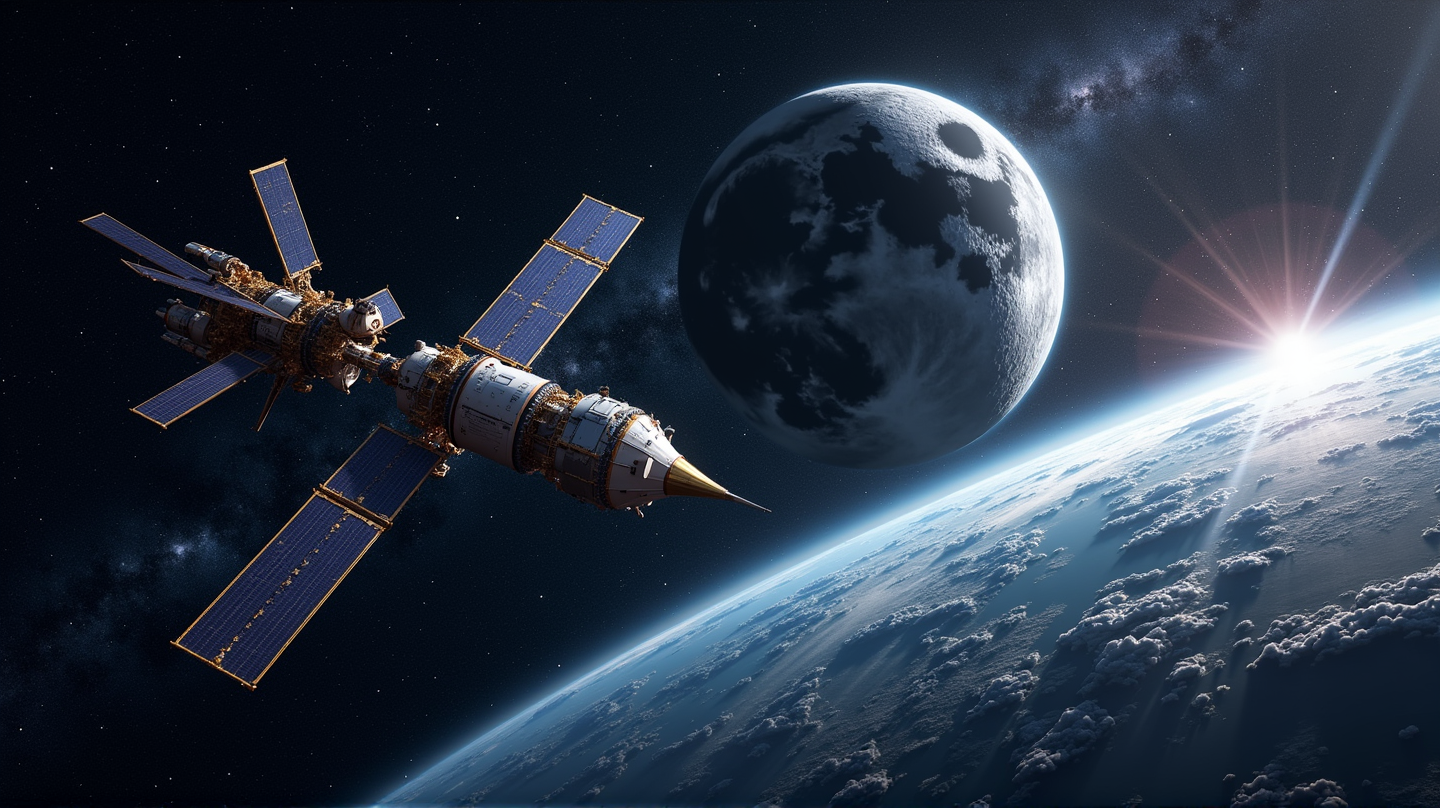China's Ingenious Gravitational Maneuver Saves Stuck Satellites in ‘Impossible’ Orbit
Through a revolutionary gravitational slingshot, Chinese engineers rescued two satellites from a doomed orbit, redefining space rescue missions.

An Unexpected Challenge
On March 15th, a bold venture took flight as two satellites ascended on a Long March-2C rocket, yet found themselves ensnared in the wrong orbit. What could have been an irrevocable demise turned into an epic saga of perseverance and ingenuity by Chinese engineers.
The Art of the Slingshot
For an agonizing 123 days, these stranded metallic voyagers lingered in limbo. However, the engineers’ resilience prevailed through the use of an innovative gravitational slingshot maneuver. By leveraging the gravitational pull of the Earth, Moon, and Sun, the satellites were deftly guided into their intended courses. This cutting-edge solution not only rescued the mission but also unveiled a new horizon for deep-space navigation and exploration techniques.
Behind the Rescue
The Technology and Engineering Center for Space Utilization (CSU) spearheaded the rescue with sheer determination and precision. Splitting into two diligent teams, one slowed the spinning satellites while the other calculated the celestial highways needed to realign them. Zhang Hao from CSU expressed that failure would have been unbearable, having poured years into this mission.
A Leap in Space Innovation
DRO-A and DRO-B now orbit with their companion, DRO-L, forming a precise constellation. As shared by engineer Mao Xinyuan, this triumvirate drastically reduces spacecraft location time from days to mere hours. This innovation is a stepping stone towards autonomous space piloting, potentially transforming navigation for China’s looming lunar odyssey and the establishment of the International Lunar Research Station.
Redefining Space Rescue Missions
This monumental achievement echoes China’s broader space ambitions, reaffirming its dedication to maintaining a robust extraterrestrial presence. According to Live Science, with autonomous piloting and reduced navigation times, the future of space endeavors appears promising and potent.
Conclusion
As the rescued satellites now glide in harmony across the cosmos, they symbolize a testament to human ingenuity. China’s groundbreaking gravitational maneuver marks a new chapter in space exploration, fostering a legacy of innovation and resilience.
Engage with Future Space Milestones
Stay tuned as China embarks on its lunar missions and keeps pushing the boundaries of what’s achievable in the universe.

